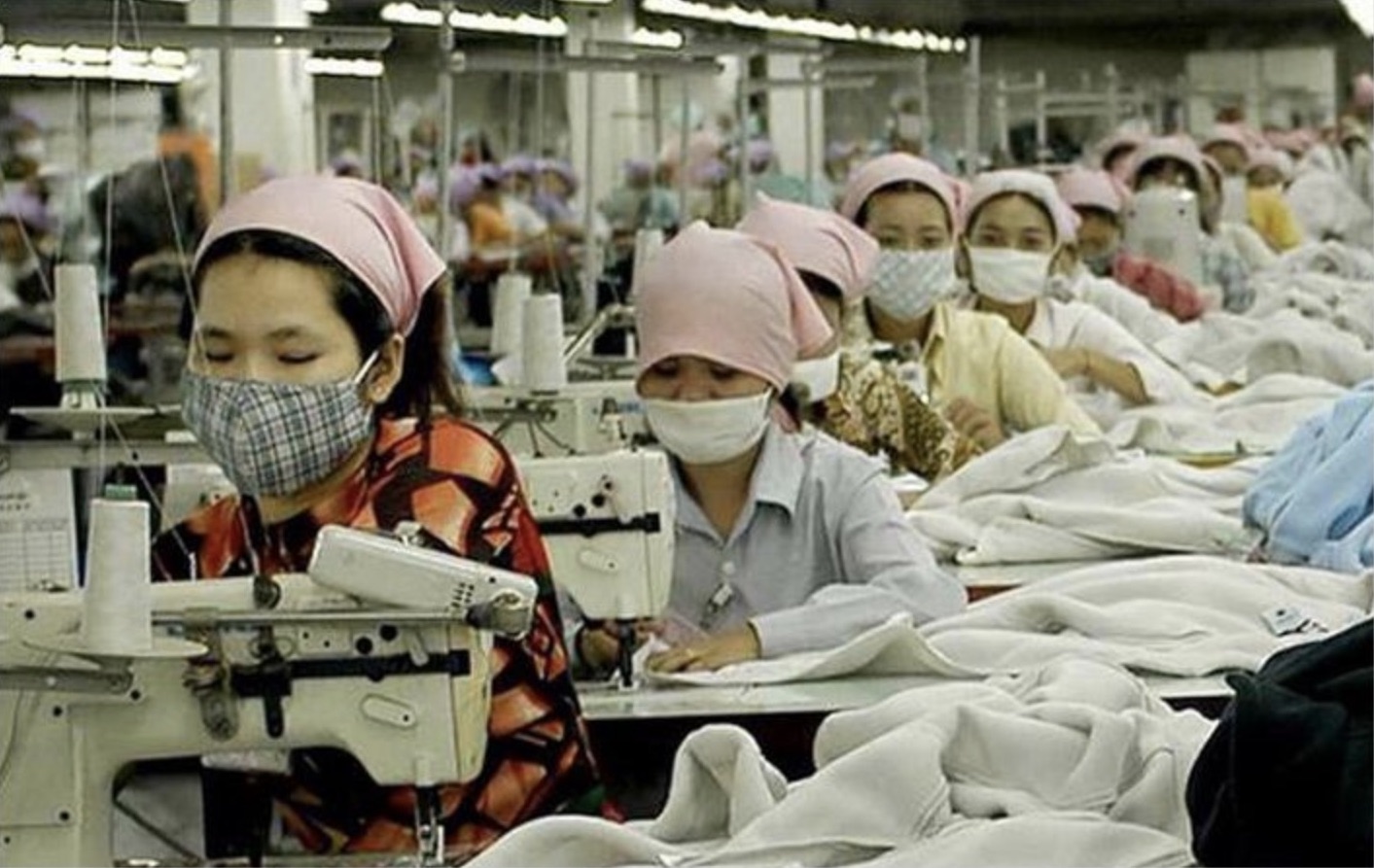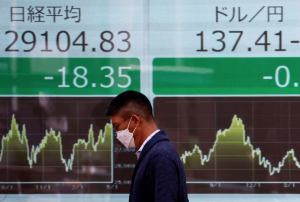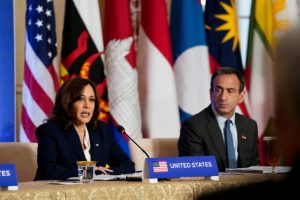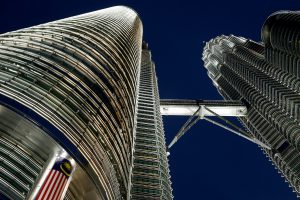(ATF) Cosy relations between China and Cambodia received another boost earlier this week when the two sides inked a formal free trade agreement (FTA).
The deal, patched together in less than a year, reduces tariffs on a number of sectors, including agriculture and tourism. It also includes a pledge from Beijing to inject as much as $140 million in loans and grants for eight infrastructure projects that Cambodia has identified as “top priority”.
Pan Sorasak, Cambodia’s commerce minister, said at a signing ceremony in Phnom Penh that “the agreement signifies even stronger ties between the two countries and marks another key historical milestone for Cambodia-China relations”.
The deal “would provide a more robust economic partnership through a higher degree of market access, liberalisation for goods, services and investment”, he said, adding that he hoped it would commence at the beginning of next year.
GLOBAL ECONOMY: China and private creditors must join debt relief scheme: IMF
No further details of the deal were given, however, it comes a few months after the suspension of Cambodia’s special trade preferences with the EU in the wake of a political crackdown in the country in 2018 and as such growing human rights concerns. Cambodia mainly exports textiles to the EU, but other significant sectors include rice and bicycles.
Cambodia is one of 10 members of the Association of Southeast Asian Nations (ASEAN), whose combined population tops out at 650 million people with a combined 2019 GDP of just over $9 trillion.
Pegging its hope on Chinese tourists
The Sino-Cambodian FTA comes as Cambodia’s fledgling tourism sector suffers from the economic impact of the Covid-19 pandemic and entry restrictions imposed on all foreign travellers since March. The country’s tourism industry raked in nearly $5bn last year, but so far this year that number has dwindled. For the January- August period, the country has attracted only 1.22 million foreign visitors, down from 4.36 million over the same period last year, according to a report on Wednesday by the country’s tourism ministry.
China, Thailand and Vietnam were the largest sources of foreign travelers to Cambodia during the eight-month period, the ministry report said.
Despite the downturn, Cambodia is pegging its tourism resurgence hopes on China.
“I believe that more Chinese people will spend their holidays in Cambodia when the Covid-19 crisis is over,” Cambodian tourism minister Thong Khon said recently. China, for its part, has been the largest source of foreign tourists to Cambodia since 2017.
Even before the Covid-19 pandemic, the country had been making a stark pivot to all-things China. A simple trip across the Mac-Bai border from Vietnam into Cambodia, just 70 kilometers (44 miles) west of Ho Chi Minh City, shows what’s been happening on the street.
WORLD POVERTY: G20 to extend debt freeze for poorest nations despite wrangling
A few years ago, most restaurants, hotels, and businesses across the border were Cambodian owned and managed, now an increasing number are either Chinese-owned, managed, or both, while most now tailor their businesses to Chinese tourists. The yuan is also now an accepted currency, including various forms of digital payment, in addition to the Cambodian riel and the US dollar.
Wealthy Chinese now regard the Southeast Asian country of some 16 million people as one of a number of regional playgrounds, which also includes Thailand, part of the Philippines and Vietnam’s coastal tourist hubs in Da Nang and Nha Trang.
However, the cash cow for the Cambodian government and an even greater draw for affluent Chinese tourists are the country’s growing number of casinos. In late 2018, the Cambodian government said that 52 casino licences had been granted that year, a 53% increase from the 98 venues holding licences at the beginning of the year.
Point of no return
This week’s Sino-Cambodian FTA also has geopolitical ramifications. Since at least 2015, Cambodia has increasingly prevented an ASEAN attempt to form a consensus to check Beijing’s controversial claims to around 90% of the resource-rich South China Sea. Unlike ASEAN members the Philippines, Vietnam, Malaysia and Brunei, Cambodia has no South China Sea territorial disputes – a trump card that Beijing is skillfully playing as it ups the ante with its smaller regional neighbours in the hotly contested body of water.
Cambodia’s continued pivot toward Beijing could also see its relations with Washington erode even further, a dynamic that fits perfectly into Beijing’s geopolitical gamesmanship playbook.
Not surprisingly, most within China are downplaying such claims. An October 11 article, by the Beijing-based Global Times, which often reflects the views of the Chinese Communist Party (CCP), stated that “based on historical lessons and strategic needs, the Cambodian government has firmly pursued a policy of permanent neutrality and non-alignment since the 1990s”.
“Meanwhile, it has also upheld a policy of friendly exchanges with other countries in the world, including China and the US,” it added.
However, the piece then abruptly changes focus, stating that “the Southeast Asian country has realistic reasons for “shifting its strategic focus to China,” since the “US always pays lip service to support Cambodia”.
“US assistance to Cambodia often comes with various conditions, ranging from political development, foreign exchanges to human rights,” the piece states, while “over the past few years, due to ‘democratic’ concerns, the US has tightened sanctions on Cambodia, suspended visas to some Cambodian officials, and reduced or even threatened to interrupt aid to Cambodia.”
Yet, at the end of the day, if Cambodia continues to strengthen its relationship with China, particularly in trade, in addition to accepting funds for infrastructure build-out, it may soon be unable to pivot back to the US or even EU to help balance its geopolitical, economic and security agenda.
























